Museums13 results
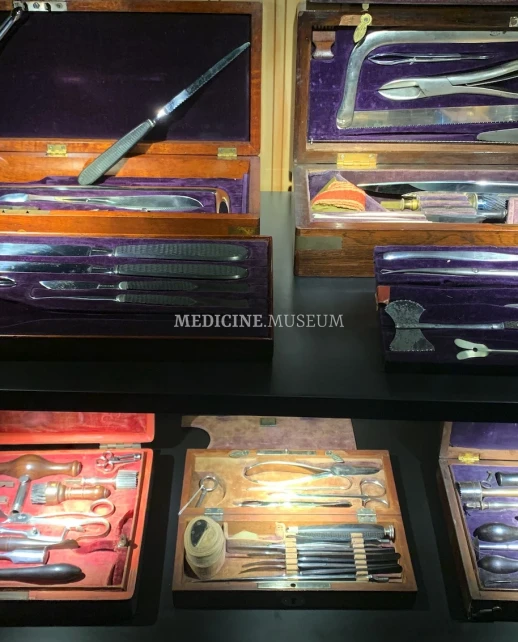
Germany
A time capsule of medical history nestled in Germany, the EuroMedSim Medicine Museum, part of the European Institute for Simulation in Medicine, is a captivating journey through medical history. It showcases ancient medical and dental instruments, a rare book library, and art pieces that illuminate the intersection of art and medicine. Historical Instruments: Explore the evolution of surgical, diagnostical and dental tools, highlighting medical progress over centuries. Rare Books: Delve into a library housing ancient manuscripts and influential medical works, offering insights into the roots of medical knowledge. Artistic Expression: Witness the fusion of art and medicine through anatomical drawings, and paintings that depict the cultural and human aspects of healthcare in the past. A visit to EuroMedSim Museum is a window into our medical history, bridging ancient practices with modern medicine and honoring those who shaped the field.
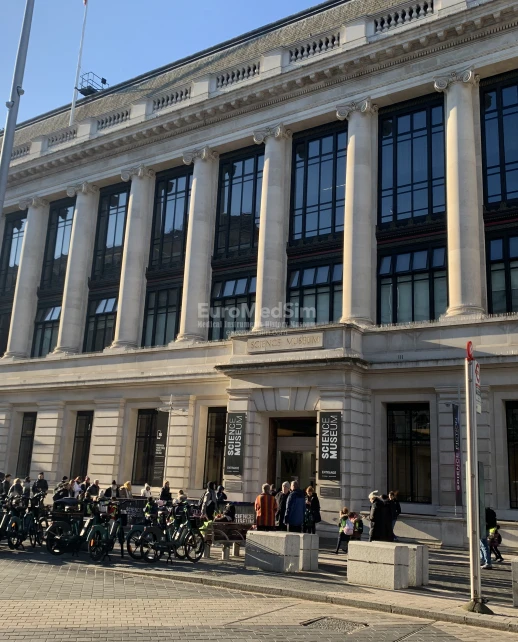
England
The Science Museum in London hosts one of the world’s largest medical collections, born from Sir Henry Wellcome’s vision to preserve the history of healing through objects. The modern Wellcome Galleries display over 3,000 items—from Fleming’s penicillin mould and the first MRI scanner to early prosthetics and surgical robots. Blending science, history, and ethics, the galleries engage millions of visitors yearly, while the digital catalogue and ongoing acquisitions ensure global educational and research impact.
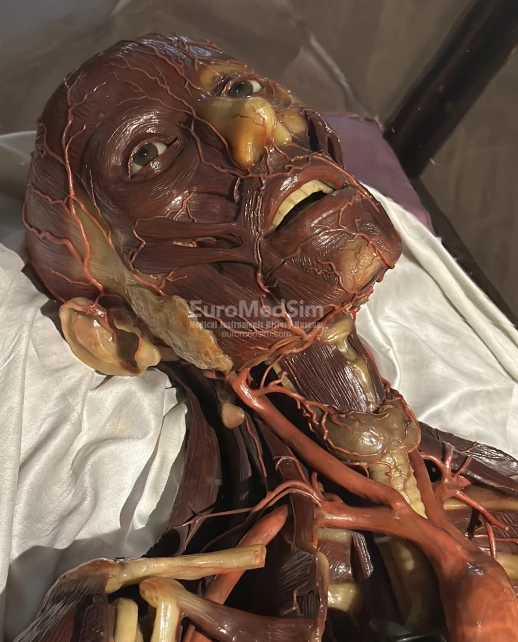
Austria
The Josephinum in Vienna is a renowned medical history museum situated in the historical building of the Medical-Surgical Joseph's Academy established in 1785 under Joseph II, Holy Roman Emperor. Today, the museum houses the collections of the Medical University of Vienna, celebrated for its one of the world's largest anatomical wax models collection, which were crafted between 1784 and 1786 by Florence masters including renowned Clemente Susini. These models provide detailed insights into human anatomy and have been pivotal in medical education. After comprehensive renovations, the Josephinum reopened its doors in September 2022, offering visitors a blend of historical artifacts and modern exhibitions that chronicle over 650 years of medical history.
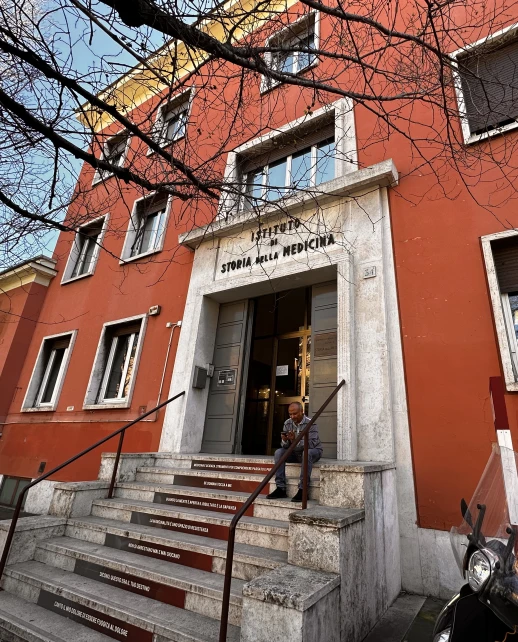
Italy
The Museo di Storia della Medicina at Rome University, founded in 1938 by Adalberto Pazzini, is located in the Institute of the Medical History and showcases the evolution of medical science across three floors. The basement features reconstructions like an apothecary and an alchemist’s lab. The first floor spans from prehistoric times to the 17th century, highlighting ancient Mediterranean and medieval medicine. The second floor explores the shift to experimental medicine, biomedicine, genomics, and their technological applications.
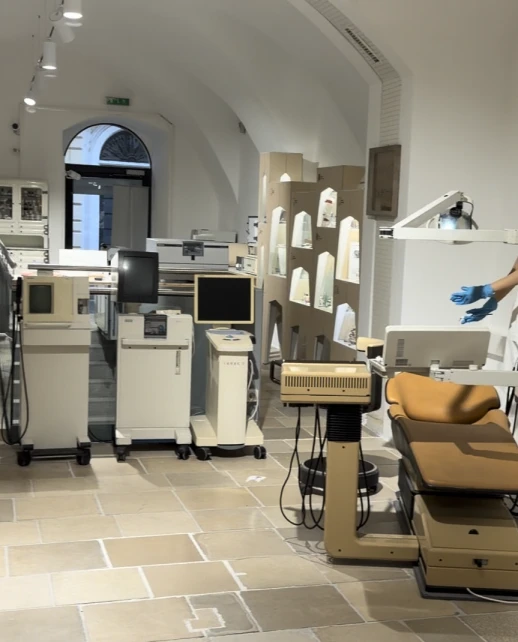
Austria
After extensive renovation, the Zahnmuseum (Museum of Dental History and Dental Technology) of the city of Linz has reopened its doors in the Old Town Hall building at Hauptplatz 1. Although the exhibition is located under the vaulted arches of a medieval building, the exhibition halls have a modern architectural design and are located on the first and basement floors. Here you can see unique exhibits, among which the most interesting are the workplaces of dentists from the 19th century onwards.
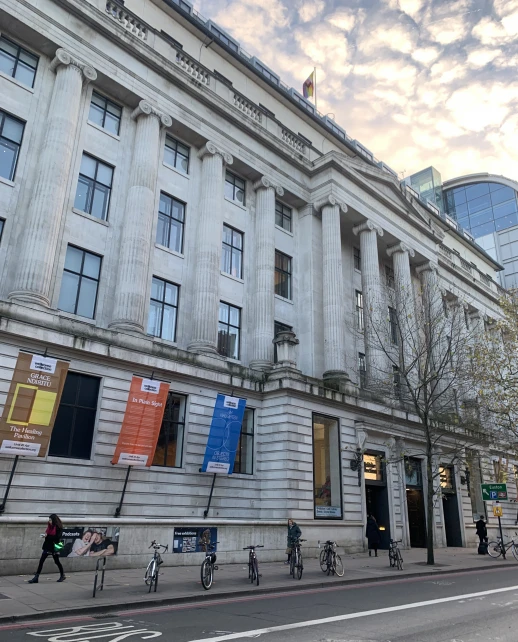
England
The Wellcome Library is one of the world's leading resources for the study of medical history and the human condition, offering an extensive collection spanning several centuries. It is located in a distinctive building (183 Euston Road, London – just next to the University College Hospital areal), known for its unique architecture and historical significance, serves as a hub for both the Wellcome Collection's library and its wider range of activities, including exhibitions and public events focused on health and medicine. It forms a part of the Wellcome Collection, a free museum and library that aims to challenge how we all think and feel about health. Significantly, the Wellcome Library has made strides in digitizing its collections, making many of its treasures accessible online. This initiative greatly facilitates research for scholars, students, and the general public, who can now explore vast amounts of material from the comfort of their homes. The Wellcome collection is rich and varied, featuring an array of materials including books, manuscripts, archives, films, and paintings, all related to the development of medicine and health care. These resources not only encompass Western medicine but also cover a wide range of cultural and historical perspectives on health and disease from across the globe.
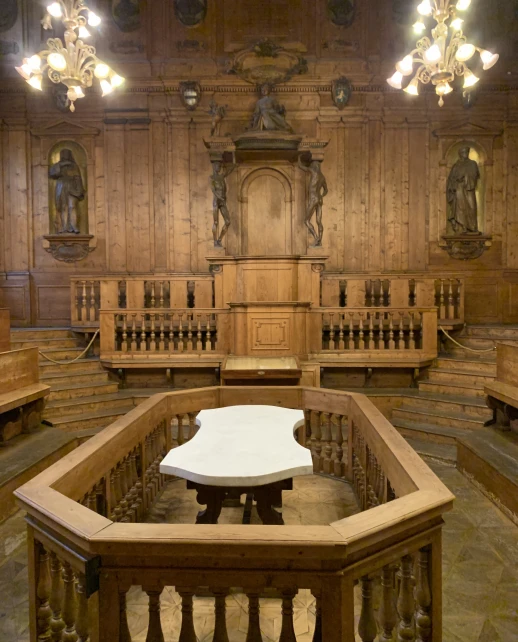
Italy
The Anatomical Theater, known as Teatro Anatomico, is just a short walk from Piazza Maggiore, the central square in Bologna. This historic site, nestled within the Palazzo dell’Archiginnasio, is a stone's throw from the location of Europe's oldest university, established in Bologna in the 11th century. Since 1563, the Palace of the Archigymnasium has been the central hub for the "Schools" of the Alma Mater Studiorum, featuring a courtyard encircled by double-story peristyles, characteristic of Italian universities of the period, such as the Sapienza in Rome or Palazzo Bo in Padua. Constructed in 1637, the Teatro Anatomico boasts a centrally placed, ornately designed marble table, flanked by wooden railings where dissections were historically carried out. The professor's chair, with its canopy upheld by two "Spellati" statues—carved, skinless figures—stands out prominently like Hippocrates, Galen, Malpighi, Gaspare Tagliacozzi. Overhead, the allegorical figure of Anatomy is depicted receiving two gifts, a manuscript scroll and a femoral bone, from an angel. A showcase displays a Latin edition of Galen's works, underscoring his profound impact on medieval and Renaissance medicine.
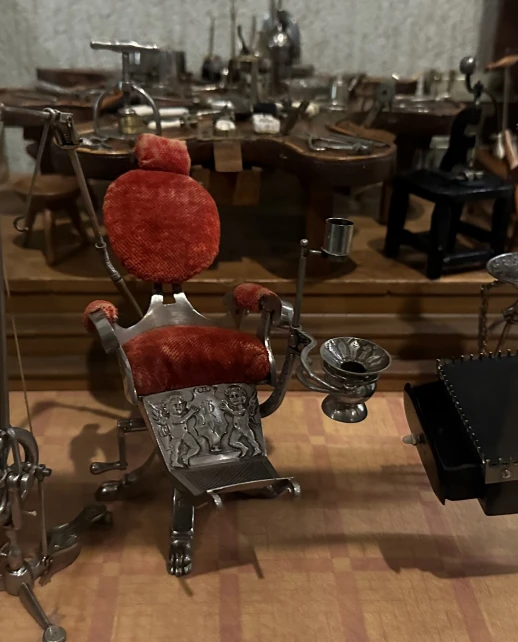
Hungary
The Hungarian people are proud of Ignaz Philipp Semmelweis (1818–1865), born in Pest to a catholic German family, the discoverer of the cause of childbed fever – fatal infectious complications in women in labor, and introduced effective measures of it's prevention in 1846. In his honour, the building where he was born in 1818 now houses a museum of the history of medicine bearing his name, which tells not only about Dr. Semmelweis, but also provides a multifaceted illustration of the main milestones in the development of European and world medicine. The remarkable permanent exhibition is complemented by regularly updated temporary exhibitions.

Switzerland
The Pharmacy Museum of the University of Basel (Pharmaziemuseum Universität Basel) is one of the largest and most important collections of historical pharmaceutical artifacts in the world, the only one of its kind in Switzerland. Its collection includes apothecary ceramics, fully preserved apothecary furniture, an alchemical laboratory, mortars, traveling apothecaries and surgical instruments, medical books, historical medicines and devices related to drug production. Museum is located in the heart of Basel's old town in the Zum Vorderen Sessel building, first mentioned in 1316. Over time, it has hosted notable figures such as Johann Amerbach, Johann Frobenius, Erasmus of Rotterdam, and Hans Holbein the Younger. In 1526-1527, the renowned Theophrastus von Hohenheim (Paracelsius) worked here, and his famulus Johannes Oporinus who later published Andreas Vesalius' groundbreaking anatomy book De fabrica corporis humani as well as works of Paracelsius.
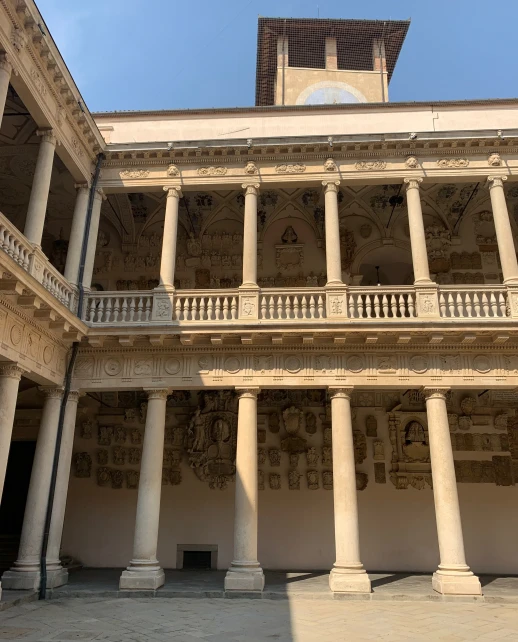
Italy
Bo Palace (Palazzo del Bo) is the central piece of the Paduan University. Established in 1222, the University of Padua is one of the oldest and most prestigious universities in the world. Its Medical Faculty has been a leading institution for medical studies for centuries. Perhaps the most famous alumnus of the Medical Faculty is Andreas Vesalius, who is often referred to as the father of modern human anatomy. He studied and later taught at Padua, and his seminal work, "De humani corporis fabrica" (On the Fabric of the Human Body, 1543) was a groundbreaking text in anatomy. The Anatomical Theatre of Padua, built in 1594 during tenure of Girolamo Fabrici d’Acquapendente, is the oldest surviving anatomy theatre in the world. It was here that many important dissections and lectures took place, attracting students from across Europe is the place for 16th-century Anatomy Theatre. Another famous alumni of the University was William Harvey, who discovered blood circulation.

Italy
In the depths of Tuscany, Siena during the Renaissance laid on a busy Via Francigena, trade and regligiouse route connecting Western and Northern Italy and Europe with Rome. Opposite the majestic Siena Cathedral, Santa Maria della Scala is a remarkable testimony to the history of medicine of the Middle Ages and the Renaissance. Founded as early as the ninth century, this institution was more than just an ordinary hospital - it was a beacon of hope and compassion for weary pilgrims making the arduous journey along the Via Francigena to Rome and further to the Holy Land. What began as a simple orphanage grew into one of Europe's most famous hospitals, caring not only for pilgrims but also for sick, destitute and abandoned children. By the 12th century it had established itself as a leading centre of medical care, pioneering techniques that shaped the future of medicine in the region. One of the most striking sights of Santa Maria della Scala is the Pellegrinaio Hall (Pilgrims' Hall), whose colourful frescoes depict medical and charitable activities.

Spain
Scientific and Medical Collection of the University of Valencia is located in the great hall on the second floor of the Faculty of Medicine and Dentistry of the University of Valencia, open to the public from Monday to Friday from 10:00 to 20:00
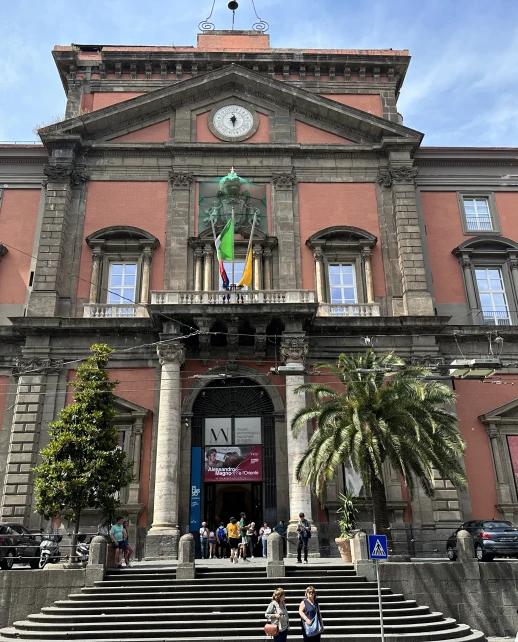
Italy
Museo Archeologico Nazionale di Napoli (National Archeological Museum of Neapel) holds a significant collection of medical and surgical instruments from ancient Rome recovered from the ruins of Pompeii and Herculaneum, destroyed by the eruption of Mount Vesuvius in 79 AD.